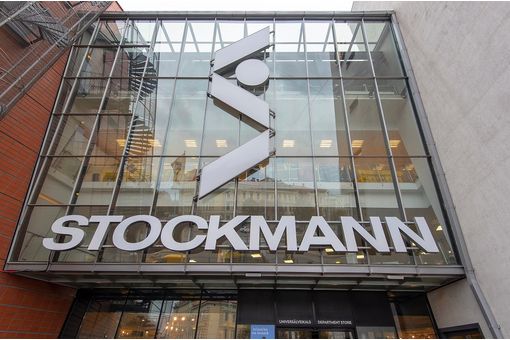Global air cargo market sees 11% YoY demand growth in March

Insights
- Global air cargo market demand rose by 11 per cent YoY for a third month in a row in March.
- Buoyant e-commerce volumes and concerns over the impact of Red Sea conflict on ocean freight services led to an unexpected first quarter bonus for forwarders and airlines, Xeneta data revealed.
- Global dynamic load factor in Q1 2024 rose by 2 pps YoY to 59 per cent.
In what are typically weaker months of the year for the airfreight industry, these higher volumes outpaced growth in capacity supply in Q1, which increased by 8 per cent YoY, The Norway-based ocean and air freight rate benchmarking and market analytics platform said.
In turn, this produced a jump in the global dynamic load factor, which is Xeneta’s measurement of cargo capacity utilisation based on volume and weight of cargo flown alongside capacity available.
Load factor in Q1 2024 rose by 2 percentage points YoY to 59 per cent, and March performance has shown similar growth, edging up to 61 per cent.
“While this latest monthly data should be balanced against the lower base recorded in the corresponding month of 2023, when we saw weakened global manufacturing activities, Q1 2024 has still seen a surprisingly busy airfreight market. The level of demand in the first quarter doesn’t indicate a market which is running out of steam so far,” said Niall van de Wouw, Xeneta’s chief airfreight officer, in a company release.
“The question is, should we be surprised by it, or should we get used to it? Although the market didn’t benefit immediately, the Red Sea disruption was clearly a factor in these latest figures. Airfreight growth was primarily driven by increased volumes from the Middle East and South Asia as shippers shifted services from ocean to air to avoid Red Sea delays. We also cannot underestimate the importance of e-commerce growth, which shows no sign of abating on its most prominent lanes,” he added.
Subsequently, the average global airfreight spot rate in March increased by 7 per cent from the previous month to $2.43 per kg.
On the corridor level, the Middle East and South Asia to Europe market continued to lead the growth of air cargo rates in March as the influx of air cargo demand caused by Red Sea concerns squeezed capacity on these lanes. The average spot rate on this corridor jumped by 46 per cent over February’s level to $2.82 per kg—up by 71 per cent YoY.
This was especially seen for the India outbound market, where the India-to-Europe air cargo spot rate in March rose by 68 per cent month on month (MoM) to $3.38 per kg.
In contrast, the average ocean containerised spot rate on the India West Coast to North Europe lanes experienced a 9-per cent decline in March after its peak in February, although this remained 340 per cent above the level in December, prior to the Red Sea disturbance.
The Middle East- and South Asia-to-US air cargo market followed suit. Its average spot rate of $4.03 per kg in March was up by 35 per cent MoM and by 51 per cent YoY.
The air cargo spot rate from Europe to US increased only marginally by 3 per cent MoM to $2.12 per kg due to this corridor being less affected by the Red Sea.
The China outbound market experienced a decline in its spot rate versus February 2024 as the market cooled down after the Lunar New Year. The China to Europe spot rate decreased by 3 per cent MoM to $3.64 per kg. However, it increased by 5 per cent YoY, boosted primarily by e-commerce demand and the modal shift away from the Red Sea.
Similarly, the China-to-US market spot rate of $4.06 per kg slipped down by 2 per cent MoM, although growing e-commerce demand and delayed recovery of belly capacity contributed to a noticeable 15 per cent average jump YoY in spot freight rates.
Fibre2Fashion News Desk (DS)
































-Ltd..jpg?tr=w-120,h-60,c-at_max,cm-pad_resize,bg-ffffff)





.jpg?tr=w-120,h-60,c-at_max,cm-pad_resize,bg-ffffff)
.jpg?tr=w-120,h-60,c-at_max,cm-pad_resize,bg-ffffff)






